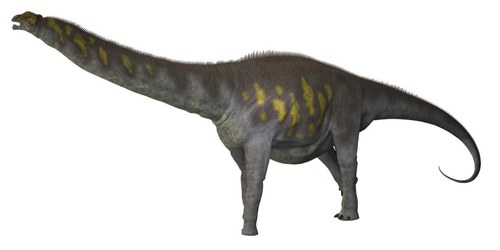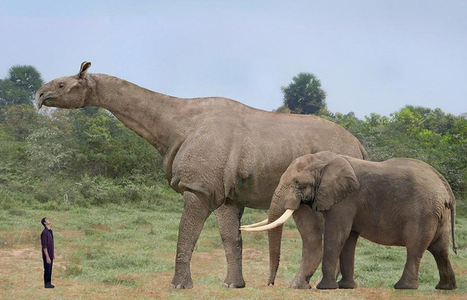Have you ever wondered whether millenia ago a Pterodactyl flew over your home, or a Triceratops wandered the streets of defence? Various species of dinosaur roamed across all corners of the Earth- they dwelled in oceans and on land, and colonised our planet when they came into existence more than 230 million years ago.
All the world's masses were joined in one C-shaped “supercontinent”- Pangea, and in all epochs before the age of humans, hundreds of thousands of these massive creatures settled in areas across the globe. In Pakistan, Sadiq Malkani, the Deputy director at GSP has discovered more than 3000 bones of herbivore and carnivore dinosaurs that belonged to different geological periods. On this basis of fossils and dinosaur skulls, we’ve compiled a list of dinosaurs from the late cretaceous and Jurassic period that roamed this country and were discovered by Malkani and other archaeologists.
PAKISAURUS:

This “lizard from Pakistan” existed 72.1 million to 66 million years ago. A herbivore, the Pakisaurus lived in an terrestrial habitat. From the Late Crestacous period, more than 4 different specimens of this species have been found by paleontologists.
RODHOCETUS:

Found during a 1992 excavation in the northern areas of Pakistan, the Rodhocetus is a whale like creature that swam beneath the Tethys sea. The Excavation site, now a rocky, mountainous desert used to be an immense ancient ocean 50 million years ago. The skull of the Rodhocetus is long and narrow, with different shaped canines, molars and premolars. The skeleton exhibits an interesting combination of traits that equips it to walk on land or swim.
BALUCHITHERIUM:

Meaning “beast from Balochistan”, this was a gigantic hornless plant eating rhinoceros like animal. It lived during the late Oligocene and early Miocene epoch of the Tertiary period, 30 million years ago. It went extinct about 10 million years ago. The area of Balochistan today that is largely desert is thought to be heavily forested 20 million years ago when Baluchitherium wandered the land, consuming about 2 tonnes of fodder a day.
VITAKRIDARINDA:

Known as the Pakistani T-Rex, the VitakriDarinda was an 8 meter long carnivore that scavenged the Pab Formation in western Pakistan. Only partial remains have been found of this slender and large bodied predatory creature.
VITAKRISAURUS:

Hunting in the late Cretaceous period, the Vitakrisaurus is a carnivore genus of noasaurid theropod dinosaurs. It’s fossils were found in the Vitraki Formation in Pakistan. It resembles the famous velociraptor.
BROHISAURUS:

This genus of Sauropod dinosaur was a herbivore that existed during the Jurassic period. Another large-bodied, long-necked species, fossils of the Brohisaurus were discovered in the Kithar mountains. The name means “Brohi Lizard” and refers to the Brohi people that lived in the area it was found.
SAMANADRINDA SURGHARI:

A large bodied beast resembling the T-Rex but with smaller teeth was discovered in 2006. It was 12 feet in height and weighed 8 to 10 tons. The name Samana is the geological formation of the site at which it was discovered, Darinda means beast in Urdu and Sughari is dedicated to the Sughar range which hosts the area.
It’s difficult to imagine the dinosaurs that were native to our country and wandered across it for far more centuries than we did, but next time you’re driving through the streets of the city, we hope you imagine these creatures roaming the same lands you’re passing.
(Dinosaur fun fact: The T-Rex was closer, by timeline, to seeing a Lady Gaga concert than a living, breathing stegosaurus. That’s how new we are to this planet.)